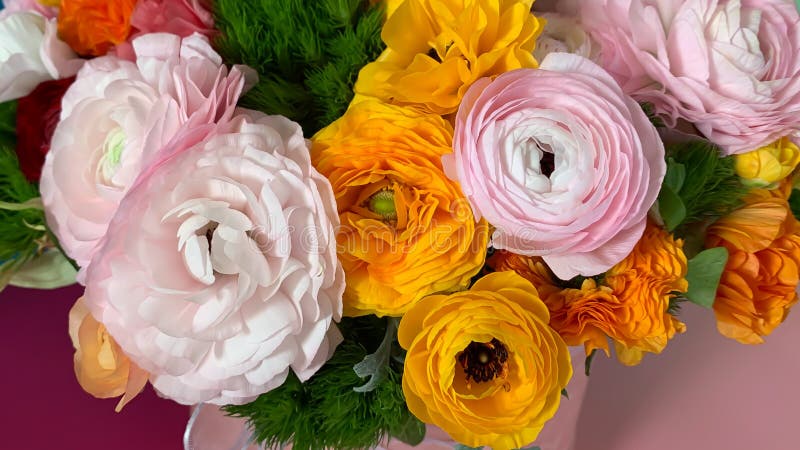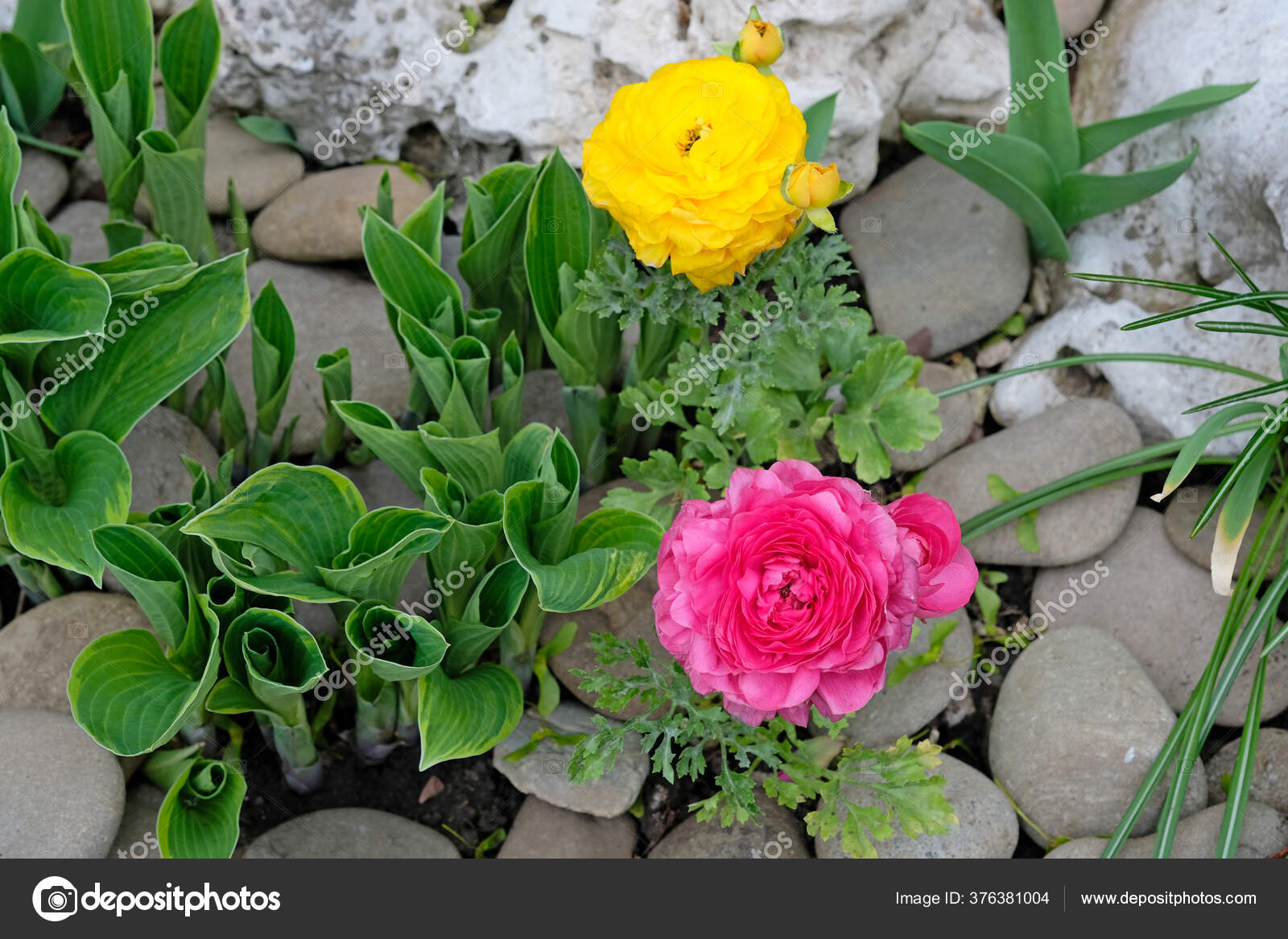Jumbo Asian Buttercup Mahjong Tiles in a Wood Box. Jumbo Asian Tiles in wooden box. Now in buttercup! A brilliant new addition to our jumbo boxed set lineup. This set has traditional tiles with no numbers and comes with 2 blanks. Bright colorful pink yellow orange persian asian buttercup ranunculus asiaticus bouquet flowers in round box. Bright colorful pink yellow orange persian asian Beautiful lovely mixed color white and pink Ranunculus or Buttercup flowers isolated on black background. Maxima) Early buttercup with turbaned 3-5 lb. Fruits ripening to a red-gold. Fine, sweet golden-yellow flesh. Semi-vining plants. Reported that it can produce 5-15 fruits to one plant. One Maxima-type of squash that will mature in shorter summers (such as Alaska).
The.gov means it’s official. Federal government websites always use a.gov or.mil domain. Before sharing sensitive information online, make sure you’re on a.gov or.mil site by inspecting your browser’s address (or “location”) bar.

| Ranunculus asiaticus | |
|---|---|
| Scientific classification | |
| Kingdom: | Plantae |
| Clade: | Tracheophytes |
| Clade: | Angiosperms |
| Clade: | Eudicots |
| Order: | Ranunculales |
| Family: | Ranunculaceae |
| Genus: | Ranunculus |
| Species: | |
| Binomial name | |
| Ranunculus asiaticus | |
Asian Buttercup Supplements
Ranunculus asiaticus, the Persian buttercup, is a species of buttercup (Ranunculus) native to the eastern Mediterranean region in southwestern Asia, southeastern Europe (Crete, Karpathos and Rhodes), and northeastern Africa.[1]
It is a herbaceousperennial plant growing to 45 cm tall, with simple or branched stems. The basal leaves are three-lobed, with leaves higher on the stems more deeply divided; like the stems, they are downy or hairy. The flowers are 3–5 cm diameter, variably red to pink, yellow, or white, with one to several flowers on each stem.[2]
It is a protected species in some jurisdictions, including Israel.
Cultivation and uses[edit]
Double-flowered forms, which are likely hybrids, are a popular ornamental plant in gardens, and widely used in floristry. Numerous cultivars have been selected, including 'Bloomingdale', 'Picotee', 'Pot Dwarf', and 'Superbissima'. The plants can tolerate light frost, but are not hardy at temperatures below -10 °C.[2]

'Tecolote' and 'Bloomingdale' are examples of the double-flowered plants (not shown here). The single-flowered species form is not commercially cultivated on any significant scale. By contrast, the similar-looking Anemone coronaria is widely available in single-flower 'De Caen' hybrid forms. However, as with Ranunculus asiaticus, the species form, which also has red single flowers, is not commercially cultivated.
References[edit]
- ^'Ranunculus asiaticus'. Germplasm Resources Information Network (GRIN). Agricultural Research Service (ARS), United States Department of Agriculture (USDA). Retrieved 16 January 2018.
- ^ abHuxley, A., ed. (1992). New RHS Dictionary of Gardening. Macmillan ISBN0-333-47494-5.
External links[edit]
- Media related to Ranunculus asiaticus at Wikimedia Commons

Are Buttercups Edible
Asian Buttercup
